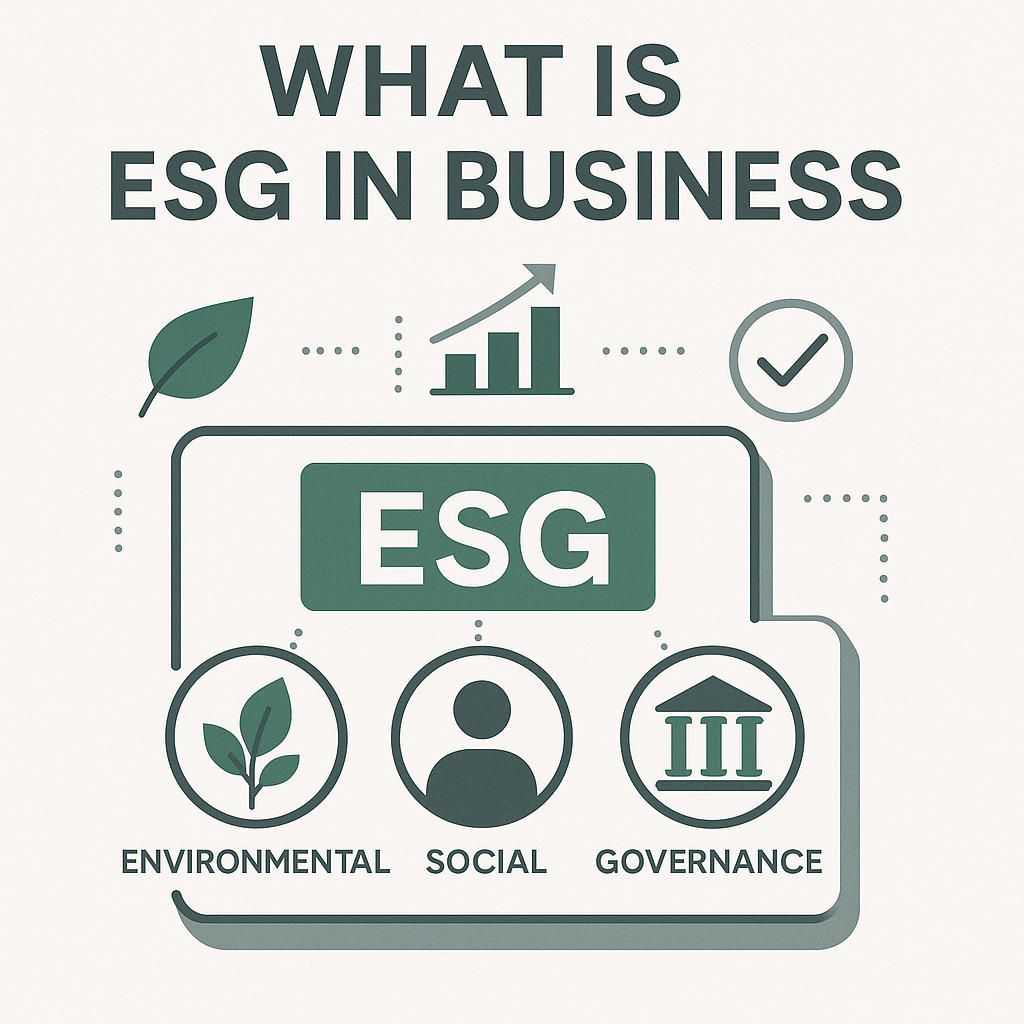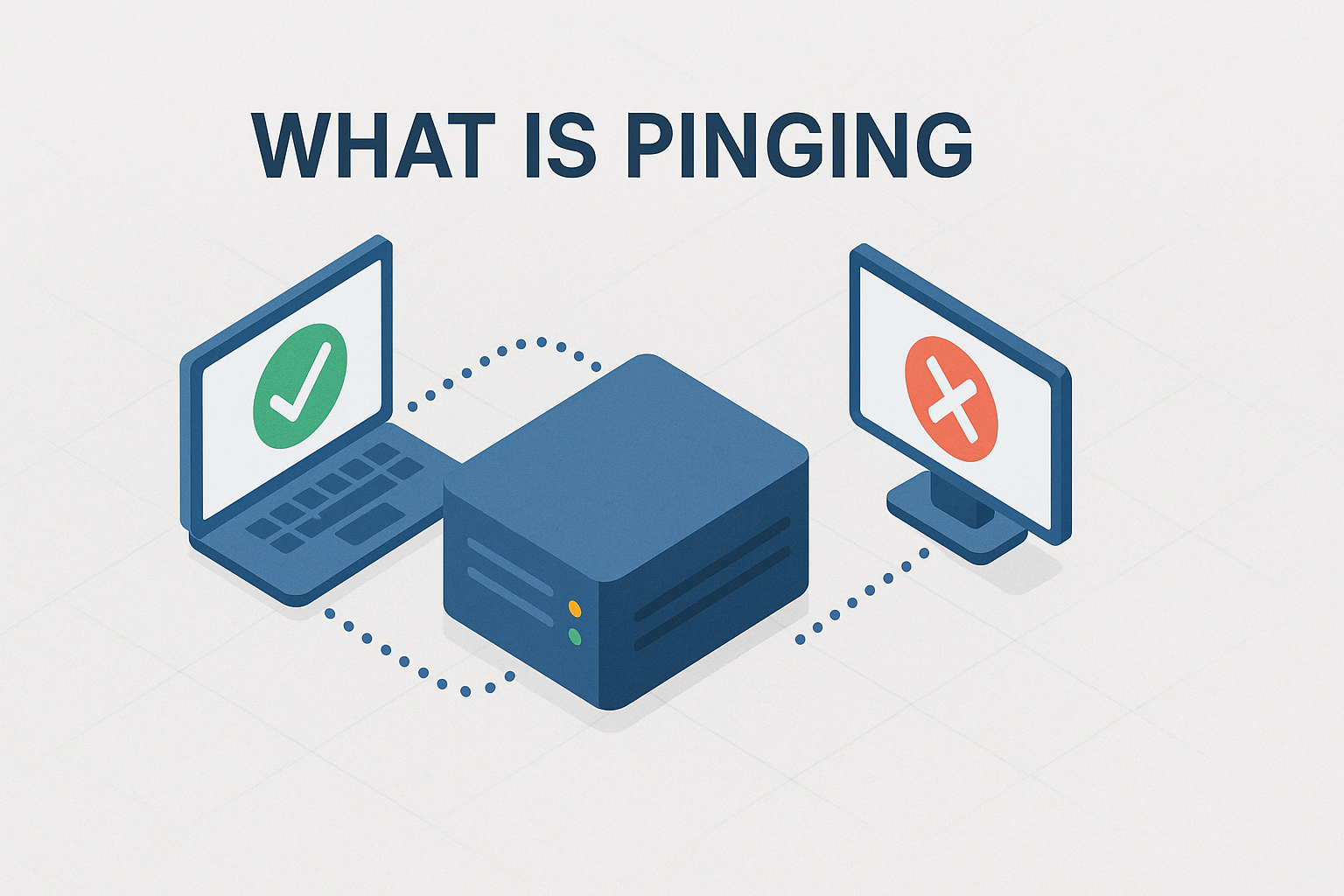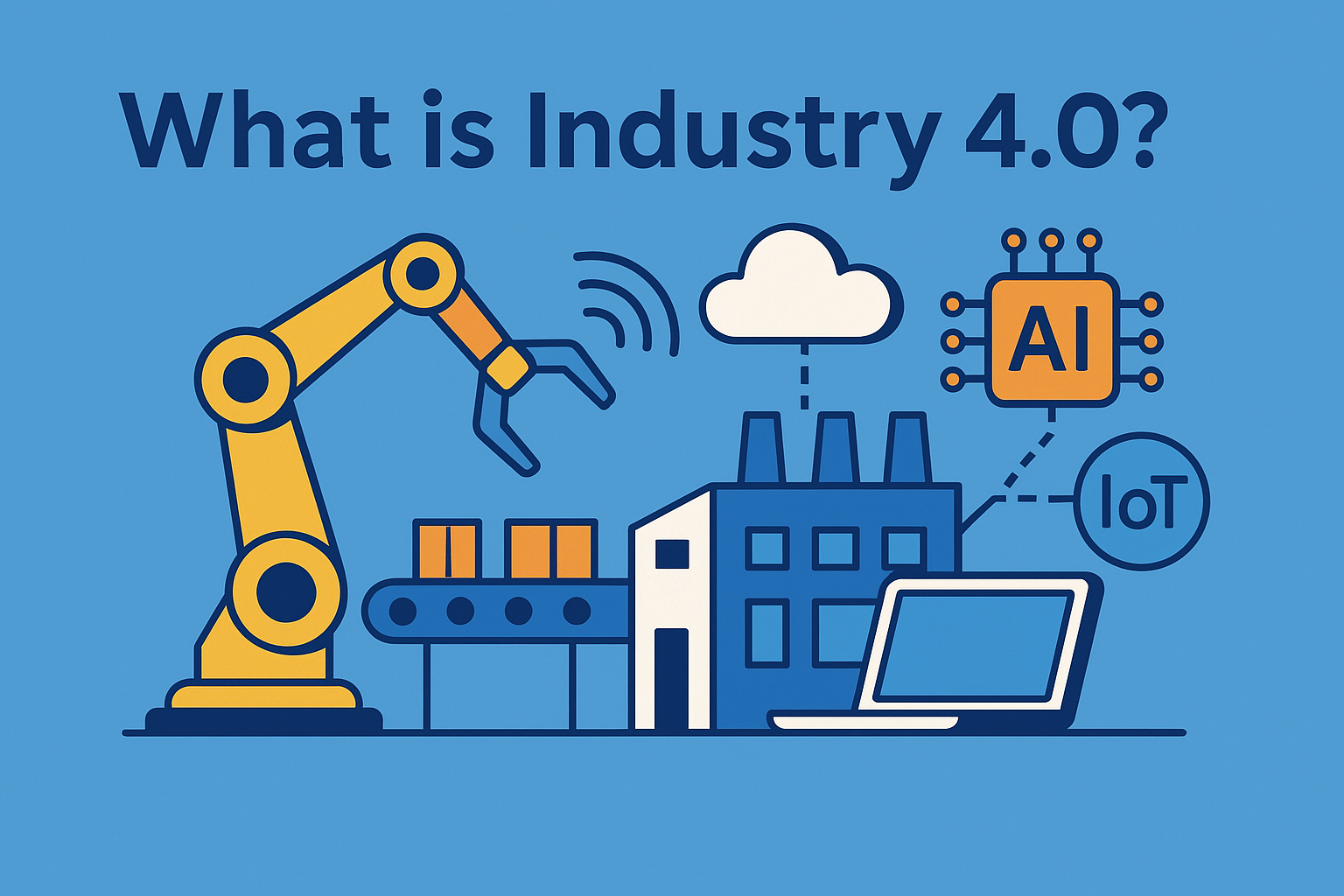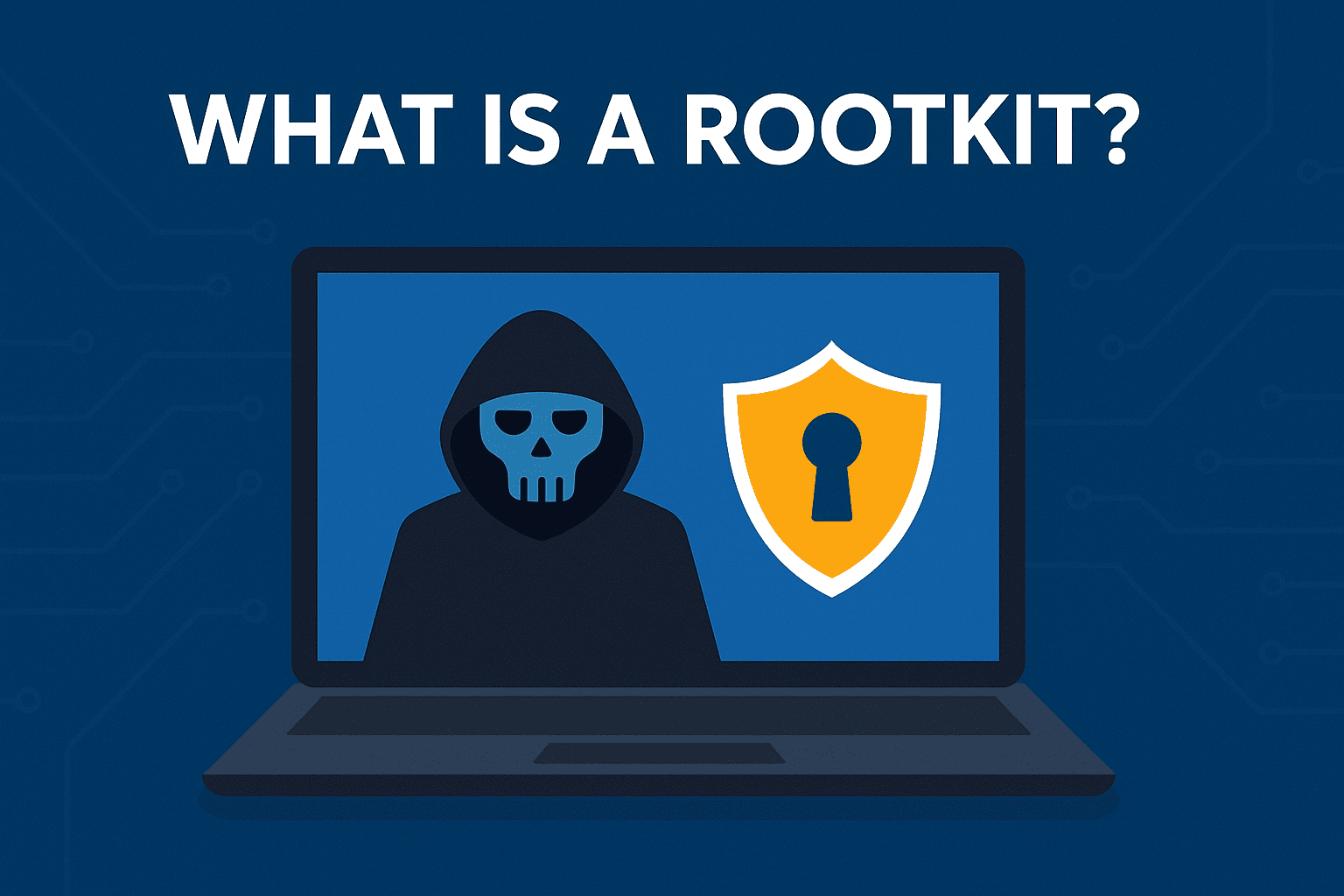What Is ESG in Business? A Strategic Approach for 2025 and Beyond
Updated on November 5, 2025, by Xcitium

Have you ever wondered what is ESG in business and why it’s suddenly the talk of boardrooms, investor meetings, and tech conferences worldwide?
In today’s digital and connected era, success isn’t just measured by revenue or growth — it’s about responsibility. Environmental, Social, and Governance (ESG) principles define how companies operate ethically, sustainably, and transparently. For IT managers, cybersecurity experts, and business founders, understanding ESG is no longer optional — it’s essential for long-term resilience, compliance, and trust.
What Is ESG in Business?
ESG stands for Environmental, Social, and Governance, a framework that evaluates how businesses contribute positively to society and manage risks beyond financial performance.
Let’s break down each component:
-
Environmental (E): How a business impacts the planet — from reducing carbon emissions and waste to adopting energy-efficient technologies.
-
Social (S): How a company supports employees, customers, and communities — focusing on diversity, equity, inclusion, and data privacy.
-
Governance (G): How leadership manages ethical standards, transparency, cybersecurity, and regulatory compliance.
In essence, ESG ensures that companies do well by doing good — operating profitably while maintaining accountability and sustainability.
Why ESG Matters for Modern Businesses
1. Investors Demand It
More than 80% of institutional investors now evaluate companies based on ESG performance before investing. They view ESG metrics as indicators of risk management, transparency, and long-term stability.
2. Customers Expect Responsibility
Today’s customers prefer brands aligned with ethical values. Businesses demonstrating strong ESG principles build greater loyalty and reputation.
3. Regulatory Compliance
Governments worldwide are introducing ESG-related disclosure and sustainability reporting laws — especially in finance, manufacturing, and tech sectors.
4. Cybersecurity and Data Privacy
In the digital era, ESG intersects with cybersecurity. Data breaches and privacy violations can destroy a company’s trustworthiness and governance score.
5. Attracting Top Talent
Employees — especially Millennials and Gen Z — are drawn to purpose-driven organizations that reflect their values. Strong ESG culture attracts and retains skilled professionals.
The Three Pillars of ESG Explained
1. Environmental: Building a Sustainable Future
This component focuses on minimizing ecological impact.
Key initiatives include:
-
Reducing carbon emissions and waste.
-
Transitioning to renewable energy.
-
Implementing sustainable data center operations.
-
Using eco-friendly materials in production.
For IT and cybersecurity teams, environmental responsibility could mean optimizing energy use in servers and adopting green computing practices.
2. Social: Empowering People and Communities
The social pillar measures how a company interacts with people — internally and externally.
Important factors include:
-
Workforce diversity and inclusion.
-
Fair labor practices.
-
Employee safety and well-being.
-
Ethical customer data usage.
-
Corporate philanthropy and community engagement.
In tech environments, social responsibility may involve training employees on cybersecurity awareness or promoting ethical AI development.
3. Governance: Leading with Integrity
Governance ensures accountability, fairness, and transparency in how a company is run.
Best practices include:
-
Transparent decision-making.
-
Ethical leadership and anti-corruption measures.
-
Data protection and compliance.
-
Board diversity and independence.
For cybersecurity professionals, governance is particularly crucial — protecting sensitive data, preventing insider threats, and ensuring adherence to privacy laws like GDPR and CCPA.
How ESG Relates to Cybersecurity
At first glance, ESG and cybersecurity may seem separate, but they’re deeply connected:
-
Governance (G) mandates strong cybersecurity frameworks and risk management.
-
Social (S) demands data privacy and ethical technology use.
-
Environmental (E) encourages responsible IT operations and green data centers.
Cybersecurity now plays a pivotal role in ensuring trust and compliance — both of which are core ESG objectives.
Example:
A financial firm that encrypts customer data, uses sustainable cloud infrastructure, and trains employees on security awareness strengthens all three ESG pillars.
Benefits of ESG in Business
Adopting ESG principles delivers long-term advantages:
-
Enhanced Reputation – Builds public trust and strengthens brand image.
-
Operational Efficiency – Sustainable operations often reduce costs.
-
Better Risk Management – Identifies potential social, cyber, and environmental threats early.
-
Investor Confidence – ESG-compliant companies attract sustainable investors.
-
Regulatory Readiness – Aligns with evolving global compliance standards.
Challenges in Implementing ESG
While ESG is crucial, many organizations struggle to integrate it effectively.
Common challenges include:
-
Lack of Standardization: Different industries use varied ESG metrics.
-
Data Gaps: Limited visibility into sustainability and social data.
-
Resource Constraints: Smaller firms may lack ESG-focused teams.
-
Greenwashing Risks: Some companies exaggerate ESG efforts without measurable results.
-
Complex Cyber Governance: Balancing transparency and data security can be challenging.
Overcoming these challenges requires a structured, data-driven approach — backed by leadership commitment.
Steps to Build an ESG Strategy
Here’s a practical roadmap for integrating ESG into business operations:
1. Conduct a Materiality Assessment
Identify which ESG issues are most critical to your organization (e.g., cybersecurity, carbon emissions, employee diversity).
2. Set Clear ESG Goals
Define measurable objectives like:
-
Reducing carbon emissions by 30% by 2030.
-
Implementing ISO 27001 for cybersecurity governance.
-
Achieving 50% board diversity by 2026.
3. Build Cross-Departmental Collaboration
Involve departments like IT, HR, finance, and operations in ESG decision-making.
4. Integrate ESG into Business Operations
Make ESG part of your daily processes — not just annual reporting.
For example:
-
Automate sustainability reporting using analytics.
-
Implement cybersecurity audits to strengthen governance.
-
Use renewable energy in data centers.
5. Monitor and Report Progress
Regularly publish ESG reports, track metrics, and engage stakeholders transparently.
Key ESG Metrics Businesses Should Track
| Category | Example Metrics |
|---|---|
| Environmental | Carbon emissions, energy usage, water consumption, waste recycling rate |
| Social | Employee diversity ratio, community investments, customer satisfaction |
| Governance | Cybersecurity incidents, board independence, compliance audits |
Measuring and publishing these indicators helps build credibility and accountability.
Integrating ESG into IT and Cybersecurity Operations
For technology leaders, ESG extends beyond compliance — it defines how IT infrastructure supports responsible innovation.
1. Sustainable IT Infrastructure
Adopt energy-efficient servers, cloud computing, and responsible e-waste management.
2. Ethical AI and Data Use
Ensure transparency, fairness, and accountability in AI-driven decision-making systems.
3. Cyber Governance
Create frameworks that ensure data protection, access control, and secure user authentication.
4. Employee Awareness
Conduct cybersecurity and ESG awareness training to align workforce behavior with sustainability goals.
5. Supply Chain Responsibility
Choose vendors with proven ESG and cybersecurity credentials.
ESG and Business Growth
Strong ESG practices are proven to enhance financial performance.
-
Companies with robust ESG frameworks have better long-term returns and reduced volatility.
-
ESG alignment opens opportunities for government contracts and global partnerships.
-
It builds resilience — ensuring companies can adapt to social, environmental, or technological shifts.
When ESG is embedded across business and IT, it becomes a competitive advantage, not just a compliance exercise.
How to Communicate Your ESG Success
Transparency builds trust. To communicate ESG progress effectively:
-
Publish an Annual ESG Report summarizing metrics, goals, and results.
-
Engage Stakeholders – Employees, customers, and investors should understand your commitment.
-
Leverage Digital Platforms – Share updates through websites, sustainability dashboards, and social media.
-
Align with Global Standards – Use recognized reporting frameworks such as GRI, SASB, or TCFD.
The Future of ESG in Business
As we move into 2025 and beyond, ESG will become even more intertwined with digital transformation and cybersecurity.
Emerging Trends Include:
-
AI-Driven ESG Analytics: Using predictive insights for sustainability decisions.
-
Cyber-ESG Integration: Combining data governance with cybersecurity resilience.
-
Climate Risk Reporting: Mandatory disclosures on environmental impact.
-
Zero Trust Security Models: Reinforcing governance through access control and verification.
In short, ESG will be a defining factor in how companies earn trust, investment, and long-term success.
Conclusion: ESG as a Catalyst for Responsible Growth
So, what is ESG in business? It’s more than a trend — it’s a strategic framework for sustainable, ethical, and secure growth.
By integrating environmental responsibility, social awareness, and strong governance, businesses can achieve resilience, compliance, and credibility.
In the digital age, ESG isn’t just about saving the planet — it’s about safeguarding your organization’s future.
👉 Start building your ESG-driven cybersecurity strategy today.
Request a Free Demo of Xcitium’s Solutions — and discover how ethical technology and governance can power your business forward.
FAQs About ESG in Business
1. What does ESG stand for in business?
ESG stands for Environmental, Social, and Governance — three pillars that measure a company’s sustainability and ethical impact.
2. Why is ESG important?
ESG drives investor confidence, regulatory compliance, and operational efficiency while promoting responsible business practices.
3. How can small businesses adopt ESG?
Start by setting achievable goals — like reducing energy use, improving workplace diversity, or enhancing cybersecurity compliance.
4. Is ESG related to cybersecurity?
Yes. Governance includes data protection, cyber resilience, and privacy — core elements of a company’s ESG framework.
5. What are examples of ESG initiatives?
Examples include renewable energy use, employee training, diversity programs, ethical AI, and transparent leadership policies.
















